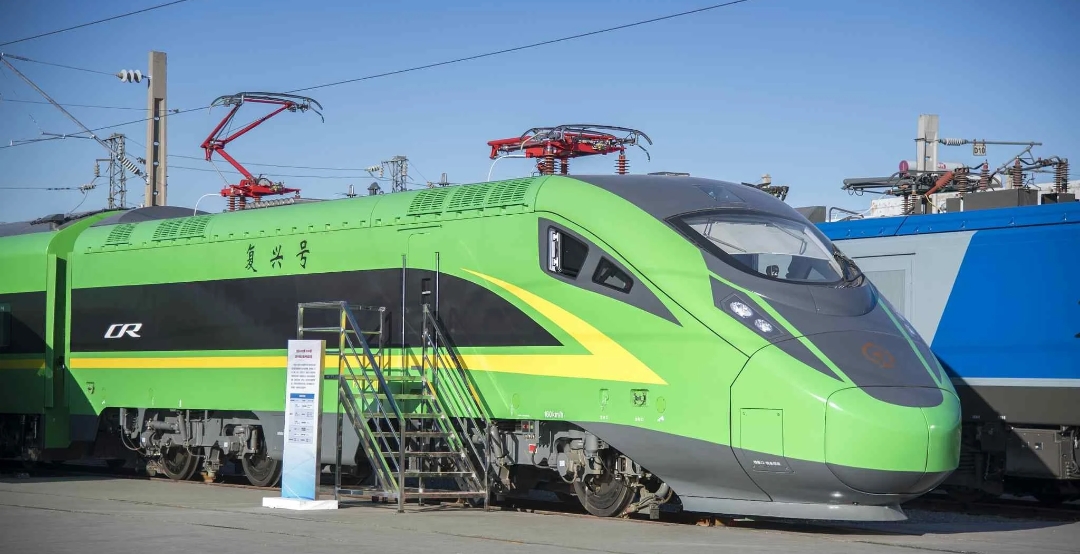Rail Transportation Improved In Second Quarter Of 2024
...As Average Capacity Utilisation Fell By 1.3% In August

By Edu Abade
Latest rail transportation data released by the Nigerian Bureau of Statistics (NBS) has revealed that the total number of rail passengers in the second quarter (Q2) of 2024 rose to 689,263, representing a 45.38 percent increase from 474,117 in the same quarter of 2023.
In Q2 2024, the volume of goods and cargo handled by rail increased to 143,759 tons compared to 56,936 tons in Q2 2023. Revenue from the rail transport system increased to N1.69 billion in Q2 2024, up 53.14 percent from N1.10 billion in Q2 2023.
Similarly, the collection of goods/cargo via rail in Q2 2024 increased to N537.36 million, a 206.68 percent increase from N12.81 million in Q2 2023. Rail transit is becoming more popular due to its cost-effectiveness and efficiency.
In its issue 36 of Nigeria Economic Update, the Centre for the Study of the Economies of Africa (CSEA) argued that the increased use of rail transit is most likely due to rising fuel and road transportation costs, which might have caused people to shift from road transportation to rail transportation.
CSEA, however, said the enhancement of rail transportation benefits the overall economy by reducing transportation costs, promoting trade activities, and facilitating the movement of people, goods and services.
“This, in turn, leads to increased government revenue generation and economic growth. Therefore, the government should invest in incentives that foster the growth and development of the rail transportation system in the country. Additionally, the government should prioritize the maintenance of rail transport infrastructure to enhance the system’s service delivery,” it stated.
Meanwhile, the Central Bank of Nigeria’s (CBN) business confidence survey report for August 2024 showed that average capacity utilization fell by 1.2 percentage points to 53.2 percent from 54.4 percent the previous month. However, each sector of the economy experiences varying levels of average capacity utilization.
For example, while some sectors, such as mining and quarrying, electricity, gas and water supply, agriculture and manufacturing, exceeded their average installed capacity with utilization rates of 55.6 percent, 53.4 percent and 53.2 percent respectively, the construction subsector was below its average installed capacity, with a utilization rate of 49.9 percent in the current month.
The CSEA maintained that the country’s current macroeconomic conditions (high inflation, deteriorating exchange rates, and an energy crisis) could be the cause of the modest drop in overall capacity utilization.
The devaluation of the naira, in particular, may raise the price of importing raw materials and machinery, making it difficult for enterprises to sustain full capacity output. The irregular power supply and rising costs of Premium Motor Spirit (PMS) and fuel, worsen the production issues.
To address these challenges, the Federal Government should prioritize the stability of the aforementioned macroeconomic indicators. Most importantly, the energy crisis needs to be solved immediately.
In other words, the energy issue must be addressed urgently through significant investment on infrastructure, renewable energy sources, and the power system to assure reliable and inexpensive electricity.










